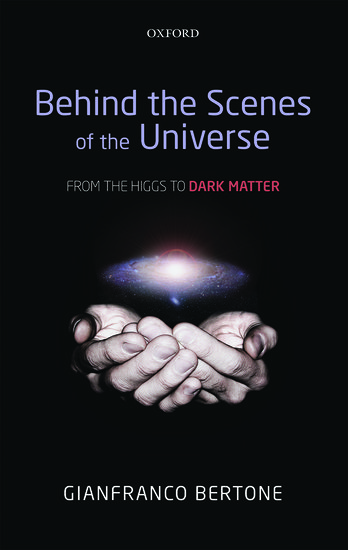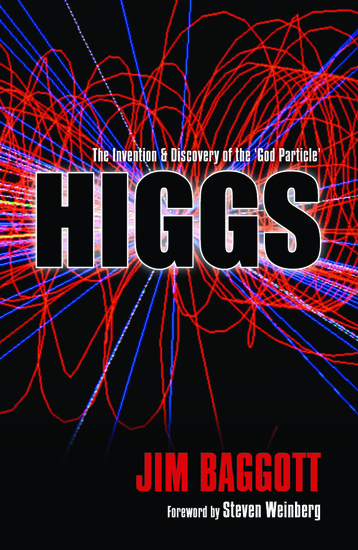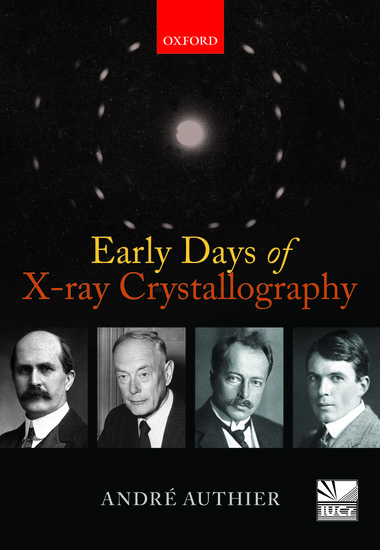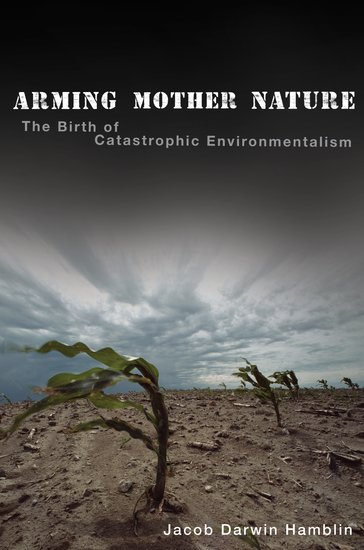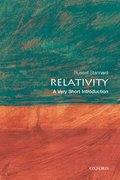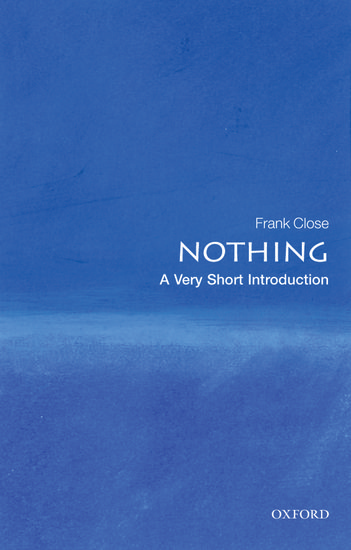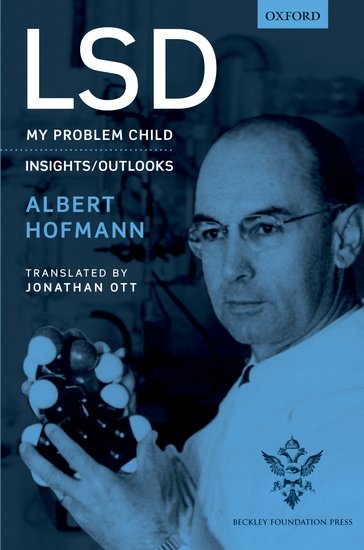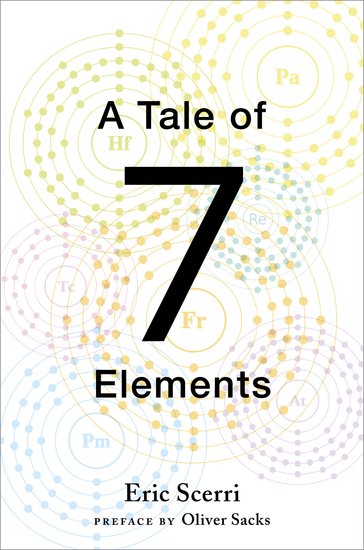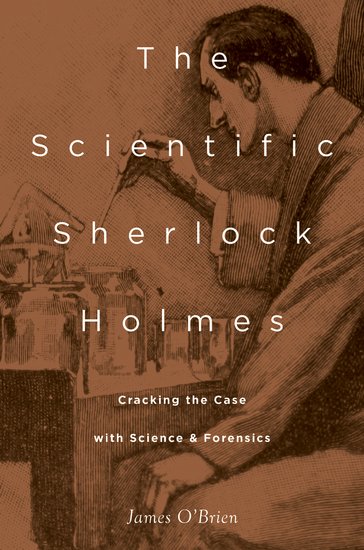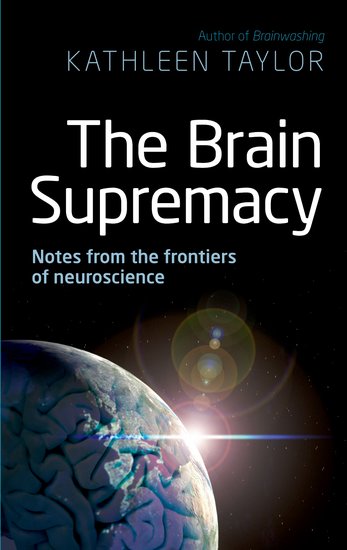From the Higgs to dark matter
By Gianfranco Bertone
A quiet turmoil agitates the international scientific community, as cosmology and particle physics discretely inch toward a pivotal paradigm shift.
The giant detectors that have allowed the much celebrated discovery of the Higgs boson, for which the 2013 Nobel Prize in Physics was awarded this October, now sit quietly in the depths of CERN’s Large Hadron Collider tunnel — barely fitting in their underground hall, like the green apple in Magritte’s painting The Listening Room —

